
2019年6月8日,昊美术馆(上海)举行了一次场域特定的实验性试听表演和声音雕塑诗歌——“粗糙的石头”(Pietra Grezza)。本次活动的灵感源自意大利多媒体艺术家夸尤拉个展“非对称考古学:凝视机器”。艺术家通过声音、雕塑、米开朗基罗的诗歌和灯光艺术展现出类似的“未完成”的作品概念,在展览空间中以表演的形式与夸尤拉的雕塑进行了二次对话。
以下是本次活动的精彩回顾。
Please scroll down for English version.
视听表演&声音雕塑诗歌
——
粗糙的石头
“视听表演&声音雕塑诗歌——粗糙的石头”视频
我违背我的意愿,
从一个巨大的山谷
/高山来到这个低地,
在这块小石头里露出来。
——米开朗基罗·博那蒂
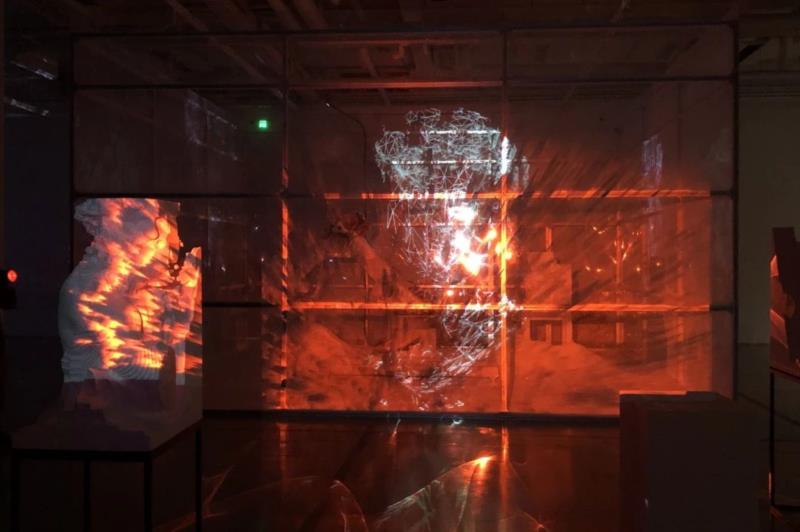
2019年6月8日“视听表演&声音雕塑诗歌——粗糙的石头”, ?昊美术馆,夸尤拉个展“非对称考古学:凝视机器”现场,摄影:刘赛春, 化妆师:Kiki
艺术家的概念或想法(concetto)要如何实现和完善?艺术家的“自我”在创作中要如何实现自我映射?本次表演艺术家们选择了米开朗基罗剧目中一些最流行和最有趣的主题为中心的诗歌:
时间,死亡和艺术的永生力量;
隐藏与揭示之间的张力,
与大理石雕塑的减法过程有关;
以及对人类的精神释放与提升的渴望。
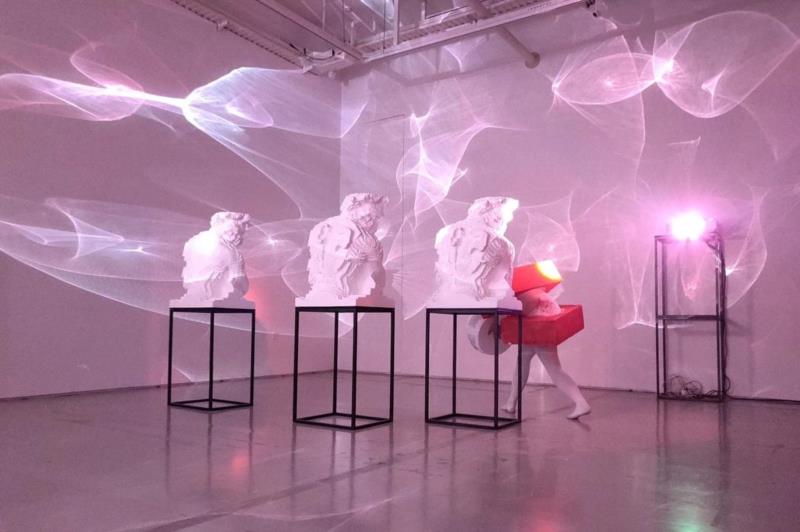
2019年6月8日“视听表演&声音雕塑诗歌——粗糙的石头”, ?昊美术馆,夸尤拉个展“非对称考古学:凝视机器”现场,摄影:刘赛春, 化妆师:Kiki
表演创造了一个由声音人物构成的零碎图案,每一个部分都是夸尤拉雕塑工厂内的声音雕塑。借由声音诗歌作为雕塑的连接,艺术家以身体作为声音的通道,并将性别的流动性作为一种不断变化的、多元化的外延。通过这种方式,声音元素成为了雕塑,声音也成为了一名诗歌艺术家。
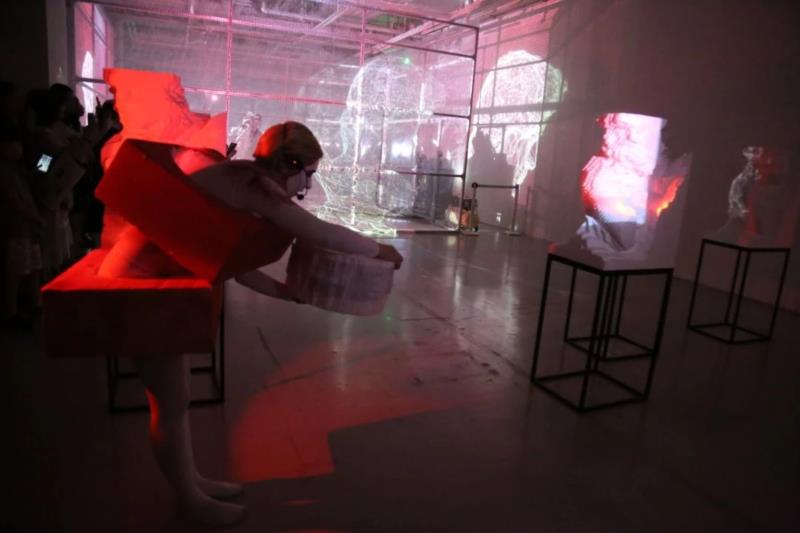
2019年6月8日“视听表演&声音雕塑诗歌——粗糙的石头”, ?昊美术馆,夸尤拉个展“非对称考古学:凝视机器”现场,摄影:刘赛春, 化妆师:Kiki
参演艺术家们的创作感想
12
Lena Kilina
对于米开朗基罗来说,石头是对人类状况的隐喻。身体,物质世界,街区,是灵魂的载体或容器,俘虏精神,艺术作品的理想化概念。头脑和事物被捆绑在一起但又是分开的。
因此,最崇高的人类野心是释放精神,释放内在的俘虏。米开朗基罗的方法是设想石头中的俘虏艺术,然后借助神圣精神或智慧驱动的手释放它。
书的介绍|诗歌|:
“米开朗基罗的诗歌往往并没有像我们站在我们面前的那样把它们带到我们面前,等待我们的眼睛更精确地集中注意力,以便数字可以从固体块中逐渐出现。”
这是一次特殊的经历。有一段时间我从不理解雕塑,我对此并不感兴趣。并且发现米开朗基罗的诗歌我特别喜欢文艺复兴和雕塑艺术。斯通作为人类观念和上帝观念的反映 - 它关乎我们,所有的苦难,痛苦,悲剧 - 这都是关于我们永久的犹豫和异化。所谓的后深渊。也许诗歌和“粗糙的石头”可以拯救我们?
对我来说,像身体一样活着的雕塑不是骨架,它是胃,它是心脏,它是肺,所有这些都是使敏感和感伤存在与工作的机器中,我想给这个雕塑一个声音。
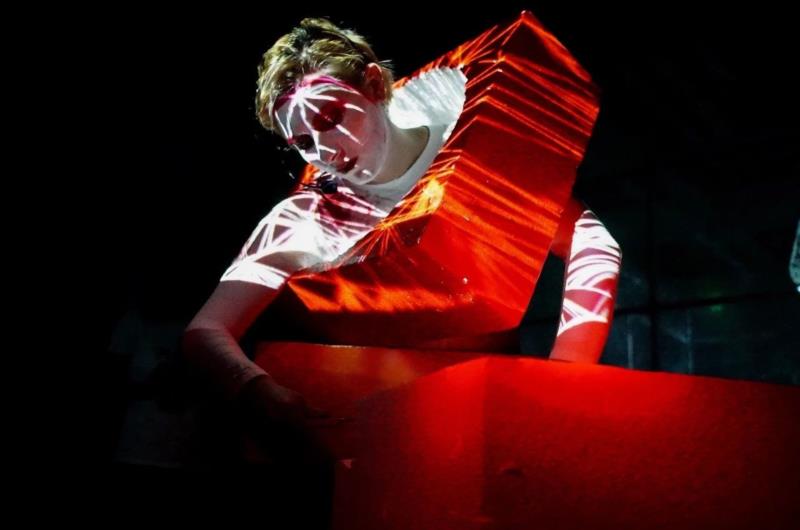
2019年6月8日“视听表演&声音雕塑诗歌——粗糙的石头”, ?昊美术馆,夸尤拉个展“非对称考古学:凝视机器”现场,摄影:刘赛春, 化妆师:Kiki
12
Vasily Betin
主要的创作想法是通过视觉方面简化和最小化,并更多地发挥材料的意义。
基于雕刻减法的“夸尤拉个展——非对称考古:凝视机器”,当你从整件开始并通过减去材料创建最终形状时,我们可以称这个过程为“解构建筑”。我们在知识和信息方面发生的事情,要成为信息时代的个体,你需要释放自己,不仅要从噪音,常识和教条思维中解脱出来,还要从自己身上获得自由。
我们在这次表演中有三个部分(三个级别)的释放维度:
A 从一切到某事:从我们出生的那一刻起,一切都是无限的知识和信息,但如果我们不能理解它就毫无意义。要理解 -我们需要过滤表面的部分,我选择了嘈杂的图像来减去这种“信息噪音”让我们得到一个形状 - 一块石头。
B 从某事到“我”:坚固的石头代表了在社会中占主导地位的教条观和常识,这是另一条真正属于自己的道路。为了获得选择的自由,你需要质疑所有这些观点,以证明或反驳它。你需要摧毁这块坚固的石头,让你自己来自你所证明的部分。
C 从“我”到我:第三阶段,你需要再次摧毁自己,创造出来自周围世界的新意义和感觉。成为 - 是有意识的,意识是虚无的源泉,是自己的活动,如J. P. Sartre的“虚无”。

2019年6月8日“视听表演&声音雕塑诗歌——粗糙的石头”, ?昊美术馆,夸尤拉个展“非对称考古学:凝视机器”现场,摄影:刘赛春, 化妆师:Kiki
关于艺术家
Lena Kilina
俄罗斯汉学家,声音研究员和表演艺术家。目前正在巴西和中国开展视觉人类学和城市化领域的博士学位。上海世界音乐学院大使、| Illumin8tors |和| Autoturk |视觉声音艺术家。
Vasily Betin
概念艺术家,“Sokaris工作室”新媒体总监,DeTao硕士学院“Technoetics Arts”系兼职讲师。他的早期作品通过视觉艺术反映了感受和交流。最近随着社会技术依赖的兴起,他通过“有意识的环境和对象”和互动艺术将注意力转移到对我们生活的技术调解上。
Eugenio Altieri
意大利声音艺术家和音乐制作人,他研究环境低保真录音的持续混合,通过复古和现代音乐制作乐器和技术,创造出他定义为Metahuman的独特有机声音:人类低保真/模拟暖/数字夏普。 Lena和Eugenio有声二人组合| Slushat Diru |。
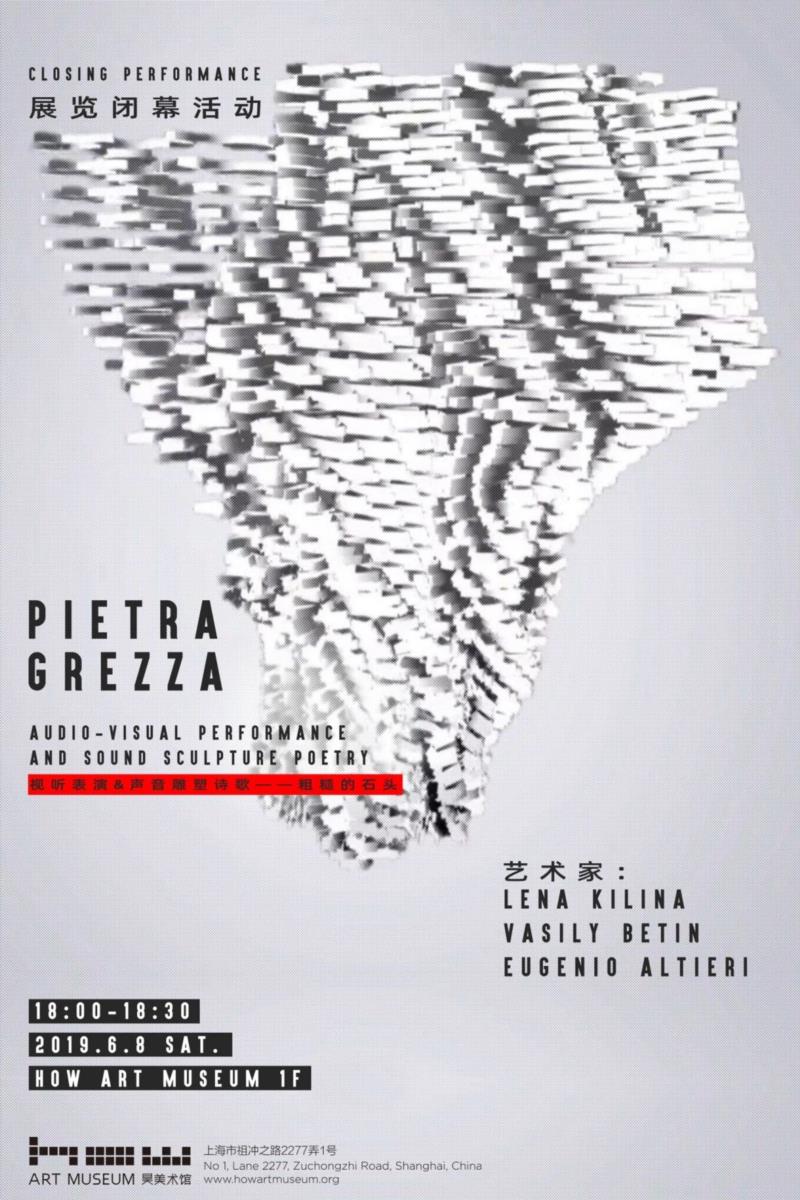
On June 8, 2019, HOW Art Museum held a site-specific experiment in a form of audio-visual and sound poetry performance “Pietra Grezza”. The event was inspired by Italian multimedia artist, Quayola, and his solo exhibition, "Asymmetric Archaeology: Gazing machines." The concept of Michelangelo's ‘non-finito’ technique, an unfinished oeuvre was reflected by artists through sound, sculptures, poetry of Michelangelo and light art. Performance “Pietra Grezza” forged a dialogue with sculptures by Quayola in the exhibition space.
Event highlights are listed below.
Audio-visual and sound poetry performance “Pietra Grezza”
I came down, against my will, from a great ravine / in the high mountains to this lower place, to be revealed within this little stone.
Michelangelo Buonarroti
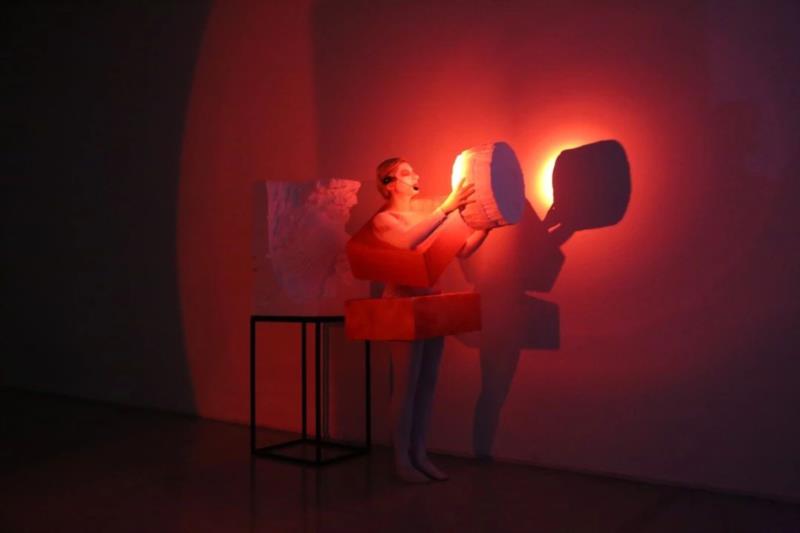
2019.6.8, audio-visual and sound poetry performance “Pietra Grezza”. ?HOW Art Museum,Quayola "Asymmetric Archaeology: Gazing machines", Photography: LIU Saichun, Make-up artist: Kiki
How can the artist’s concetto (conception or idea) and the perfection of it be realized? How can the artist’s self be reflected in his creations? For the “Pietra Grezza” artists choose poems what are centered around a few of the most prevalent and intriguing themes in Michelangelo’s repertoire: time, death, and the immortalizing power of art; the tension between hiding and revealing, which relates to the subtractive process of marble sculpture; and a yearning for spiritual release, or elevation, from the human condition.
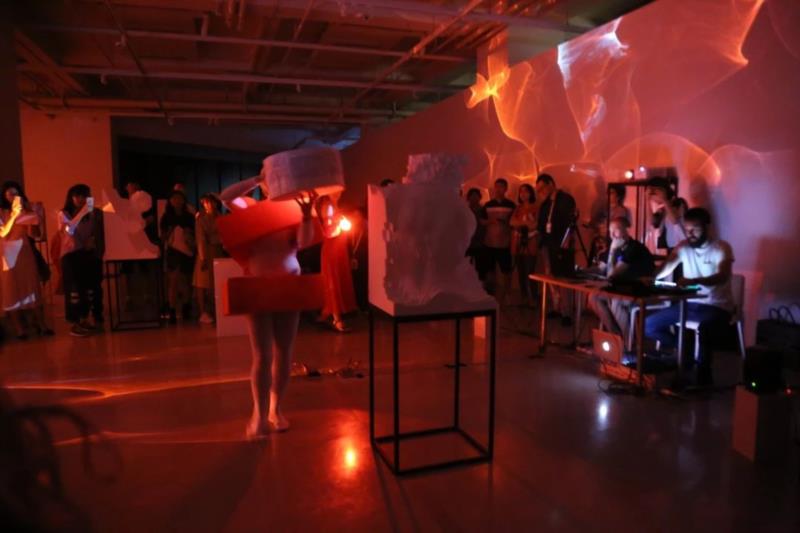
2019.6.8, audio-visual and sound poetry performance “Pietra Grezza”. ?HOW Art Museum,Quayola "Asymmetric Archaeology: Gazing machines", Photography: LIU Saichun, Make-up artist: Kiki
The performance creates a pattern of fragmentary compositions of sound figures, each of them remains as a sound sculpture within Quayola’s Sculpture Factory. Using sound poetry as the connecting element to the sculptures, the artist lets body speak through the expansive use of sound and conveys the fluidity of gender as a constantly changing, multivocal denotation. In this way, audio component becomes the sculpture's own space-sound existence as a poet-artist herself.
The artists' creation sentiments
12
Lena Kilina
For Michelangelo, the block of stone was a metaphor for the human condition. The body, the material world, the block, was a vehicle or container for the soul, the captive spirit, the idealized conception of the work of art. The mind and the matter were bound together yet separate.
The noblest human ambition was therefore to free the spirit, to release the captive within. Michelangelo's approach was to conceive of the captive art within the stone, and then to release it by virtue of the hand driven by the divine spirit or intellect.
The introduction of the book |Poems|:
“Michelangelo’s poetry often does not so much carry us along in their flow as stand firmly before us, waiting for our eyes to focus more finely so that the figures may emerge gradually from the solid block”.
It was a special experience. For a while I never understood sculpture, well I wasn’t interested. And discovering Michelangelo’s poetry I’ve dived into a renaissance and sculpture art particularly. Stone as the reflection of an idea of human and an idea of God- it’s all about us, all the sufferings, pain, tragedies-it’s all about our permanent hesitations and alienations. So-called post-abyss. Maybe poetry and “rough stone” can save us?
|Grato m'è ‘l sonno, e più l'esser di sasso,
Mestre che ‘l danno e la vergogna dura;
non veder, non sentir m’è gran ventura: però non mi destar, deh parla basso|
For me a living sculpture as like a body is not a skeleton, it’s stomach, it’s heart, it’s lungs, all this is the machine that makes a sensitive and sentimental presence work. And I wanted to give this sculpture a voice.
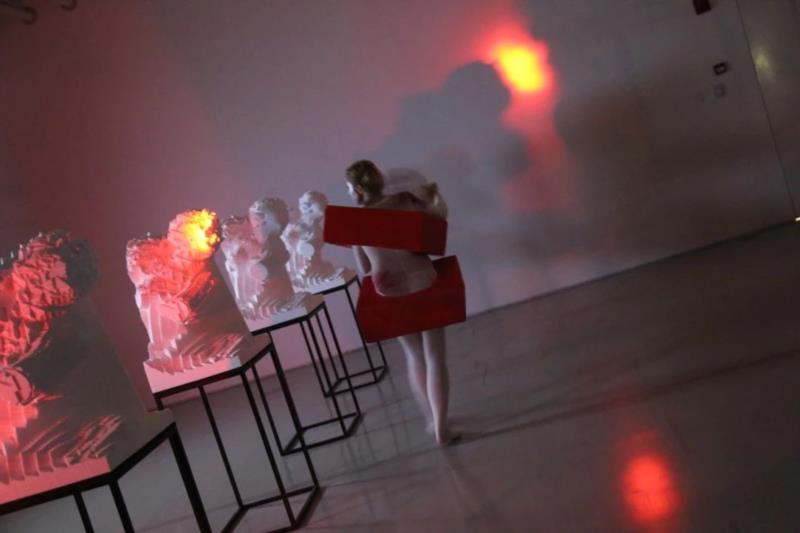
2019.6.8, audio-visual and sound poetry performance “Pietra Grezza”. ?HOW Art Museum,Quayola "Asymmetric Archaeology: Gazing machines", Photography: LIU Saichun, Make-up artist: Kiki
12
Vasily Betin
The main idea was to go simple and minimal with the visuals and play more with the meaning of the material.
The “Quayola:Asymmetric Archaeology - Gazing Machines” based on the subtraction method of sculpting. When you start from the whole piece and create the final shape by subtracting material, this process can be called “construction by deconstruction”. That what happens with ourselves in relation to knowledge and information: to become an individual in the information age you need free yourself not just from the noise, common sense and dogmatic thinking, but also from yourself.
We have 3 parts in the performance that connected with 3 levels of “freeing”:
A From everything to something. Everything is infinite knowledge and information that surrounds us from the moment we born. But it has no sense if we can’t understand it. To understand – we need to filter the “swallow” part. I chose the noisy image that subtracts this “informational noise” to let us get a shape – the piece of stone.
B From something to “me”. The solid piece of stone represents a dogmatic view and conventions that dominate in society. This another block on the road to true yourself. To get the freedom of choice you need to question this view to prove or disprove it for yourself. You need to destroy this solid stone to make yourself from the parts that you approved for yourself.
C From “me” to ME. And the third stage – you need to destroy yourself again to create a new meaning and sense from the world that surrounds you. To be – is to be conscious. And consciousness is the source of nothingness, it’s a process towards to being yourself. “Being in nothingness” by J.P.Sartre.
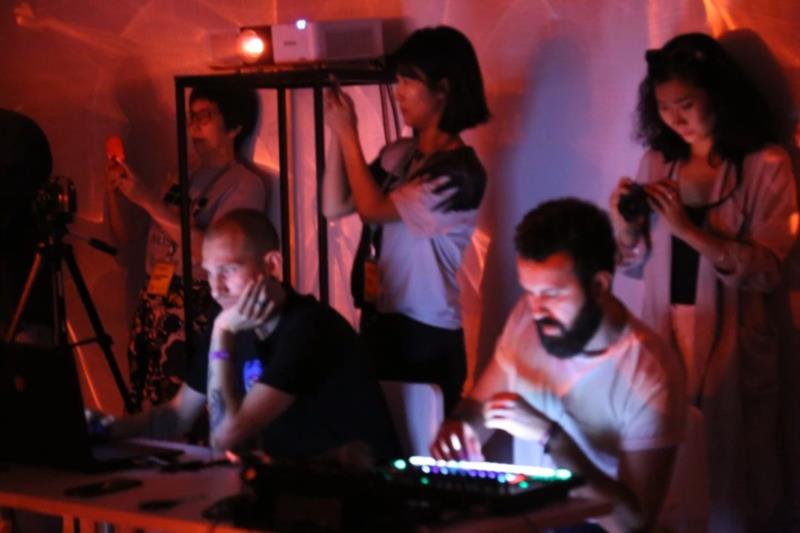
2019.6.8, audio-visual and sound poetry performance “Pietra Grezza”. ?HOW Art Museum,Quayola "Asymmetric Archaeology: Gazing machines", Photography: LIU Saichun, Make-up artist: Kiki
About the artist
Lena Kilina
Russian sinologist, sound researcher and performing artist. Currently conducting doctorate work in a field of visual anthropology and urbanism in Brazil and China. Ambassador of the Shanghai World Music School. Visual and sound artist for the art-collective |Illumin8tors| and |Autoturk|.
Vasily Betin
Conceptual artist, New Media director of “Sokaris studio” and part time lecturer at “Technoetics Arts” department of DeTao Master Academy. His early works reflect on the feelings and communication through visual art. Recently with the rise of technological dependence of the society he moves his attention to the mediation of technology on our live through “conscious environments and objects” and interactive art.
Eugenio Altieri
Italian sound artist and music producer. His research is a constant mingling of environmental lo-fi sound recording, with retro and modern music production instruments and technologies, to create a unique, organic sound that he likes to defined Metahuman. Human lo-fi / Analog Warm / Digital Sharp. Lena and Eugenio has the sound duo |Slushat Diru|.
昊美术馆 HOW ART MUSEUM
昊美术馆(上海)
HOW ART MUSEUM (SHANGHAI)
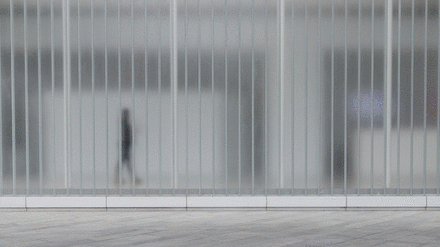
昊美术馆(上海),图片?昊美术馆
昊美术馆(上海)是具备当代艺术收藏、陈列、研究和教育功能的全新文化机构,坐落于上海浦东,共有三层展览和活动空间,总面积约7000平方米,于2017年9月正式对外开放。昊美术馆首创“夜间美术馆”的运营模式,常规对外开放时间为周二至周五下午1点至夜间10点,周末及节假日开放时间为上午10点至夜间10点。此举能让更多观众在工作之余前来美术馆观展,昊美术馆也举办“国际策展人驻留项目”、“户外电影节”、“雕塑公园”等国际交流项目和户外活动,以此建立全新的艺术综合体和浦东新地标。
昊美术馆(温州)
HOW ART MUSEUM (WENZHOU)
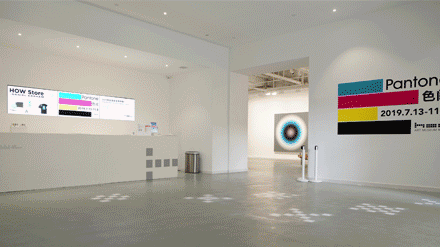
昊美术馆(温州),图片?昊美术馆
昊美术馆(温州)延续昊美术馆(上海)的“夜间美术馆”运营模式,是浙江省首家"夜间美术馆",常规对外开放时间为下午1点到夜间10点,周末及节假日开放时间将向前延长为上午10点至夜间10点。昊美术馆(温州)将持续为公众呈现丰富的公共教育及户外艺术项目,引领融合艺术、设计、科技的全新生活方式。
正在展出 Current
昊美术馆(上海)
HOW ART MUSEUM (SHANGHAI)
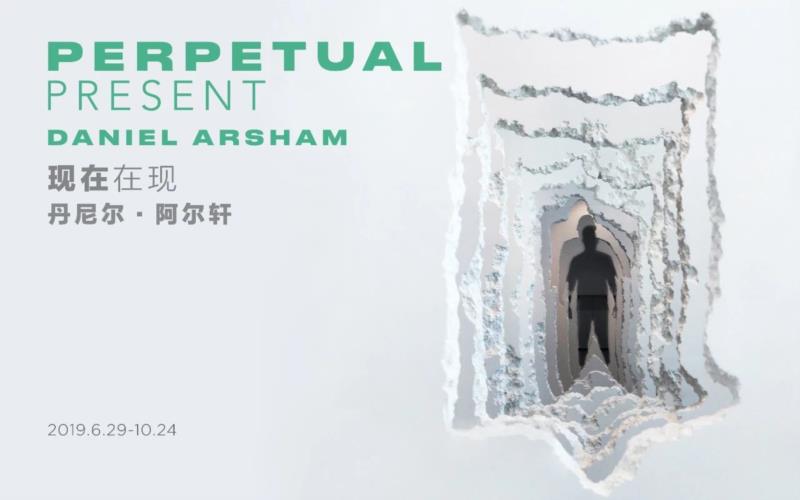
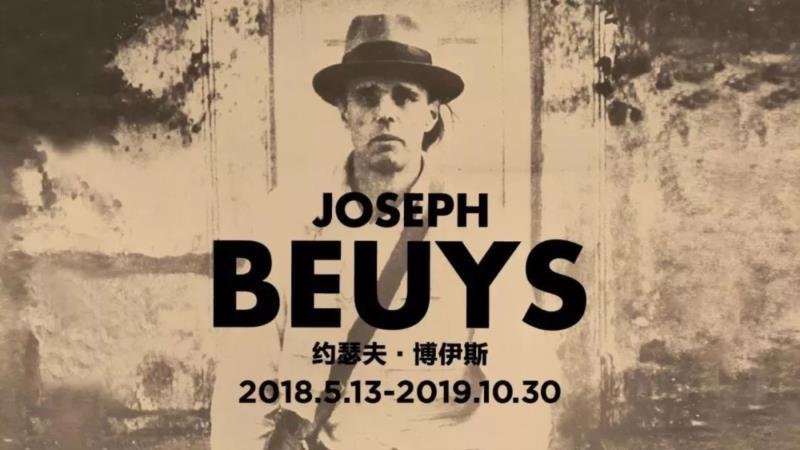
昊美术馆(温州)
HOW ART MUSEUM (WENZHOU)
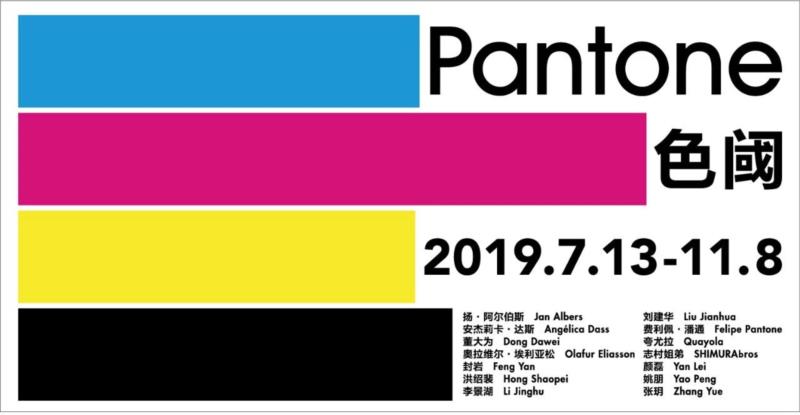
昊美术馆(温州) 特别项目空间
HOW ART MUSEUM(WENZHOU) Special Project Space
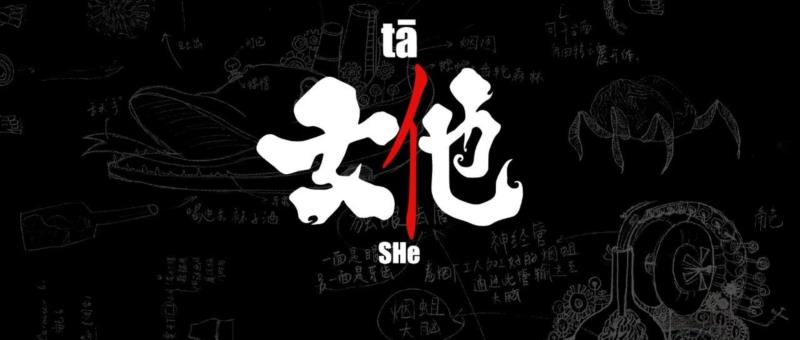


已展示全部
更多功能等你开启...










 分享
分享